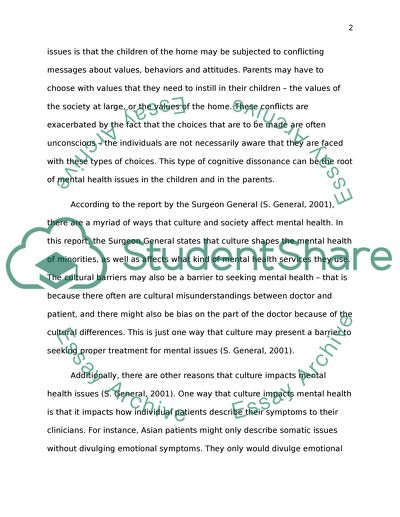Cite this document
(“Suicide among hispanics Essay Example | Topics and Well Written Essays - 2750 words”, n.d.)
Retrieved from https://studentshare.org/psychology/1488324-suicide-among-hispanics
Retrieved from https://studentshare.org/psychology/1488324-suicide-among-hispanics
(Suicide Among Hispanics Essay Example | Topics and Well Written Essays - 2750 Words)
https://studentshare.org/psychology/1488324-suicide-among-hispanics.
https://studentshare.org/psychology/1488324-suicide-among-hispanics.
“Suicide Among Hispanics Essay Example | Topics and Well Written Essays - 2750 Words”, n.d. https://studentshare.org/psychology/1488324-suicide-among-hispanics.


